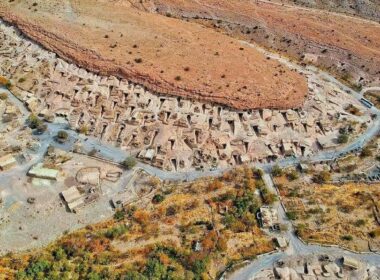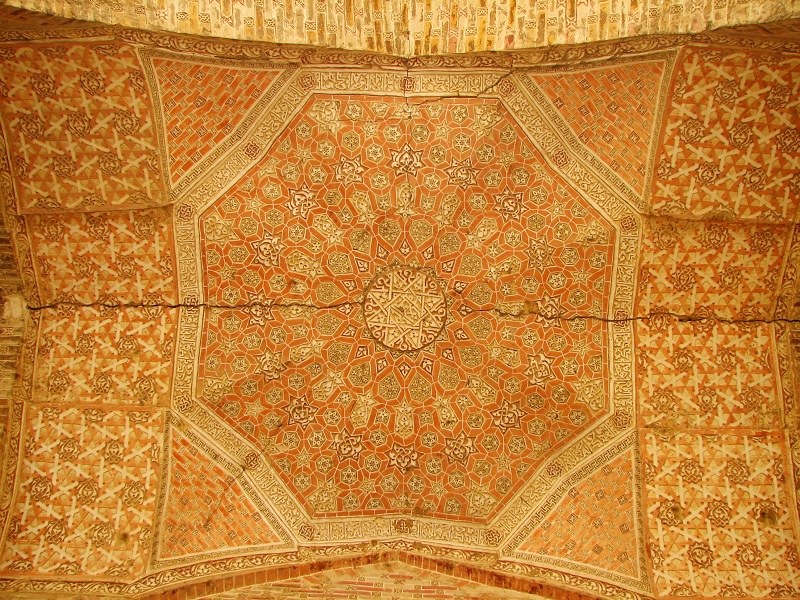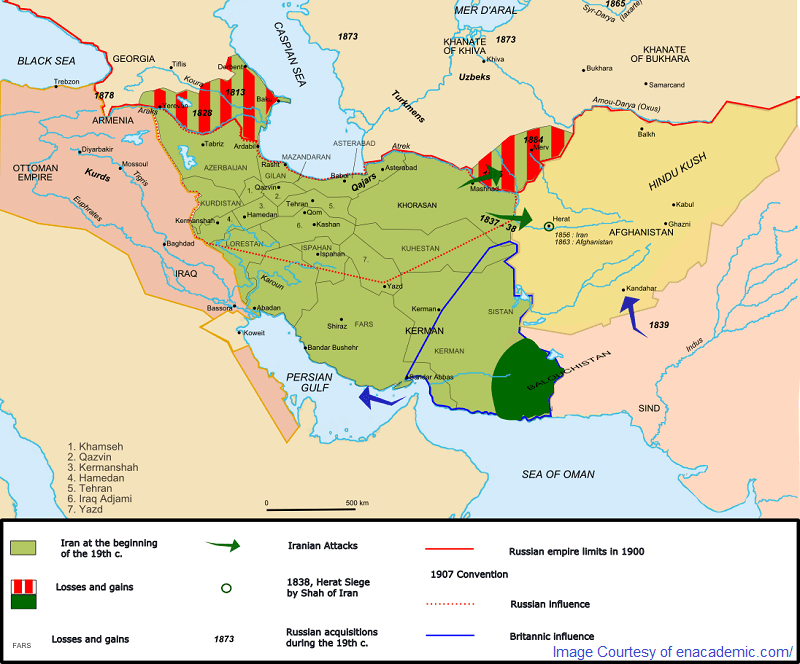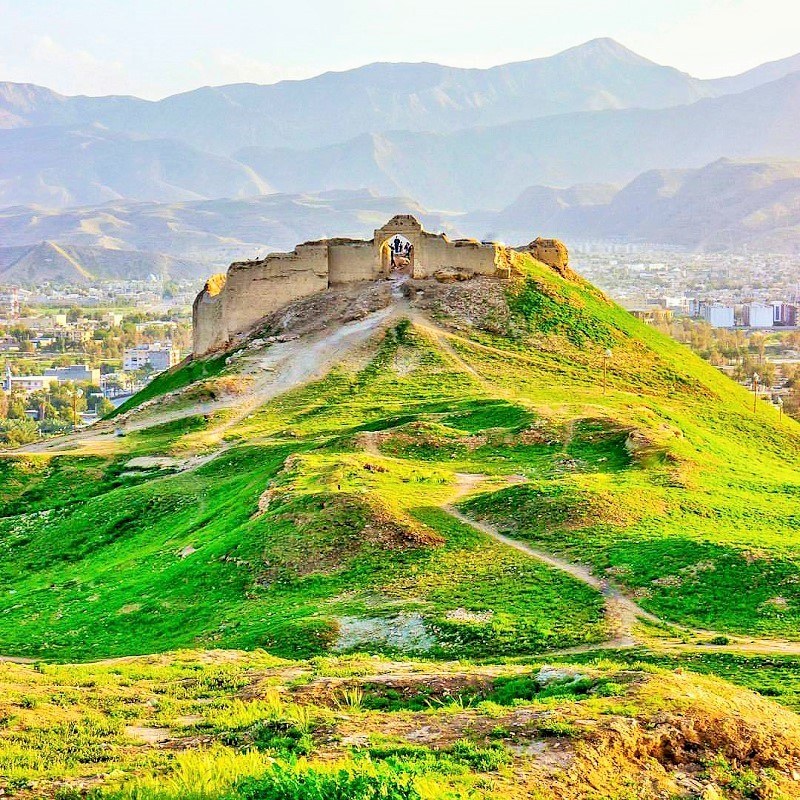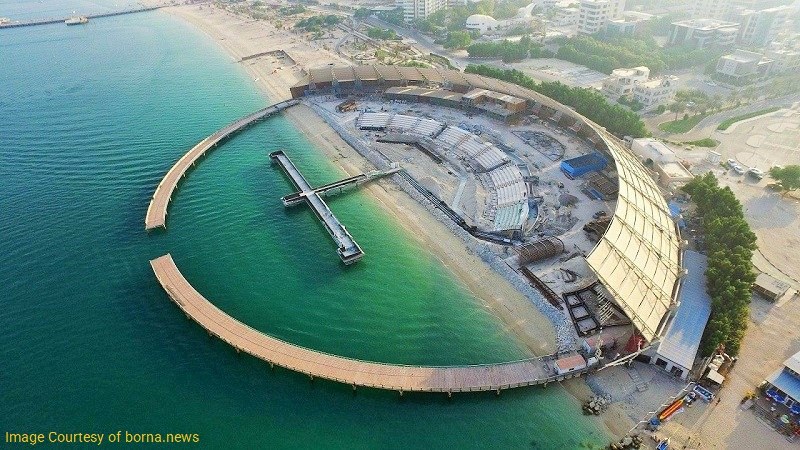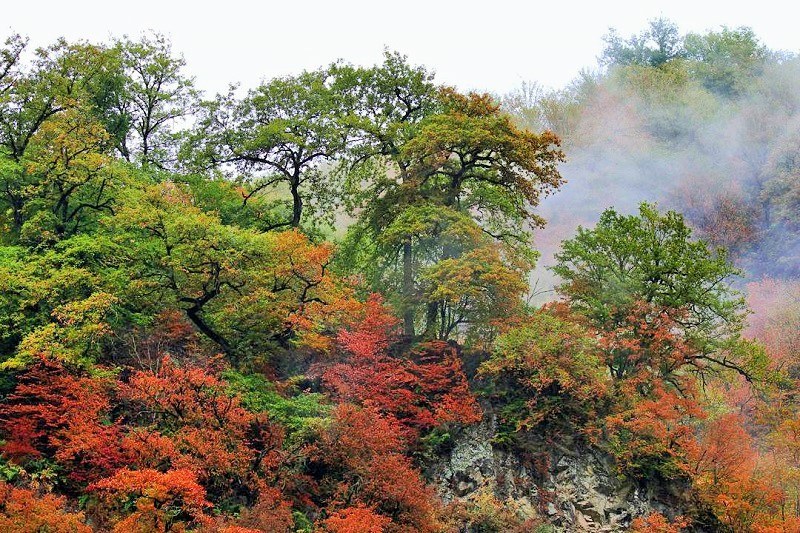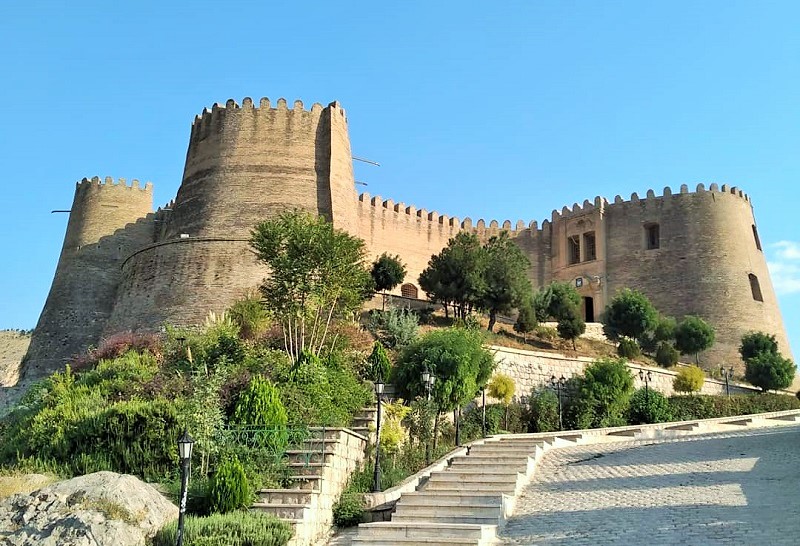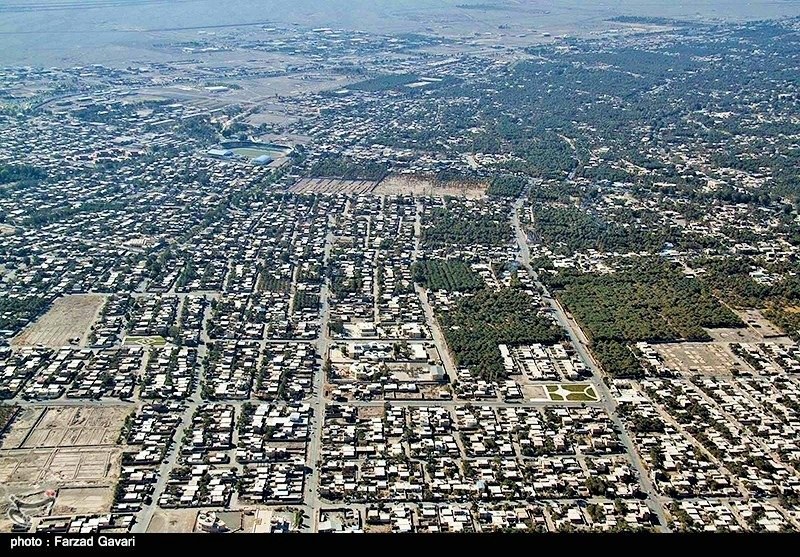
In the southeast of Iran, there is the desert city of Bam with several tourist attractions on the Silk Route. At a corner of what there is today’s city of Bam, there are ruins of an ancient city by the same name. It also has got a citadel quite visible from kilometers away. It has been inscribed on the World Heritage List by UNESCO.
There are several cultural and natural attractions in and around the city. Here are some of the most popular ones:
- Aduri Tourist Area;
- Deh Bakri Tourist Area;
- Kaboud off-road piste;
- New Arg (Arg-e Jadid);
- Darijan Area;
- Nesa Dam;
- Yalan Mounds Area
On a trip to Bam, make sure you check out these souvenirs: Dates, citrus, henna, Kolompeh and Qavout (Iranian baked pastries) and handmade products made by palm trees.
Geography of Bam
This city is located in Kerman Province, southeast of Iran. Its neighboring areas are Kerman on the north and west, Jiroft City on the southwest, Anbarabad County and Southern Rudbar County on the south, and Narmashir, Rigan and Fahraj counties on the east.
The area of the city is 5,175 km2. Its altitude is 1050 meters above sea level. The climate of this city is hot and dry, but due to its proximity to the desert, it has variable weather conditions. Annual rainfall is 68 mm on average. In addition, the average annual temperature of Bam is 32ᵒC.
The city is located 195 km southeast of Kerman, the capital of the province. It is 1,162 km far away from Tehran. As it offers several tourist attractions, Bam is a popular place to which you can travel in various ways:
- By car
To travel from Tehran to Bam, it takes about 15 hours by car. The distance between this city and Zahedan City is 330 kilometers. Travel from Zahedan to Bam takes 4 hours by car.
- By bus
It is possible to travel to Bam by bus from all the cities of Kerman and the neighboring provinces such as Sistan and Baluchestan.
- By plane
Bam has an airport. There are flights from several cities of Iran to get there. Therefore, you can take a plane to reach there too.
Population and Economy of Bam City
According to the 2016 Iranian Census, the population of Bam is 157,396 people. The economy of this city is based on the cultivation of dates and related products. Iran exports Bam dates to more than 15 countries. Major industries such as automotive and packaging are also the main industries of this city .
History of Bam
This ancient city is one of the most historical cities in Iran. Arg-e Bam, built in the 5th century BC and used until 1850 AD, is the world’s largest sun-dried brick complex in the world. This shows the long history of this city dating back to the Achaemenian Era.
In the past, the city was known as the “Paris of Iran”. Henry Pottinger, an English globetrotter, considered Bam in his book written in 1810, as the center of Kerman’s industry.
In Ferdowsi’s famous book, Shahnameh, and Karnamak of Ardeshir Babakan, there are some mentions of Bam. The ancient city was one of the Khwarrah (an administrative division of the Sassanid era) of the state of Fars. It was known as the eastern gate of Iran.
At a critical period of history, Lotf Ali Khan, the last ruler of the Zand dynasty, chose Bam as the capital when he escaped to this city. This city remained the capital of Iran for some time.
In 2003, a large-magnitude earthquake of 6.8 in Richter scale struck this ancient city. The devastating earthquake destroyed the historical Arg-e Bam by 85%. Consequently, UNESCO inscribed it in an emergency move to help TO restorE it. As it has been restored to some extent since then.
Historical Attractions inside the City
Here’s a list of interesting places to visit inside Bam:
Seyed Mosque and Bath of Bam
This complex is located in Ansari Alley. The construction of the building dates back to 1847. There is a Mihrab (an altar) on the southern side of the Shabestan (prayer hall), and there are porches in the northern side of the mosque.
Hazrat-e Rasool Mosque of Bam
The mosque is an ancient and historical monument of the 7th century. It is located on the eastern side of Arg-e Bam. Now, ONLY SOME ruins of this mosque have remained.
Historical Attractions outside the City
Here’s a list of interesting places to visit outside Bam:
Arg-e Bam
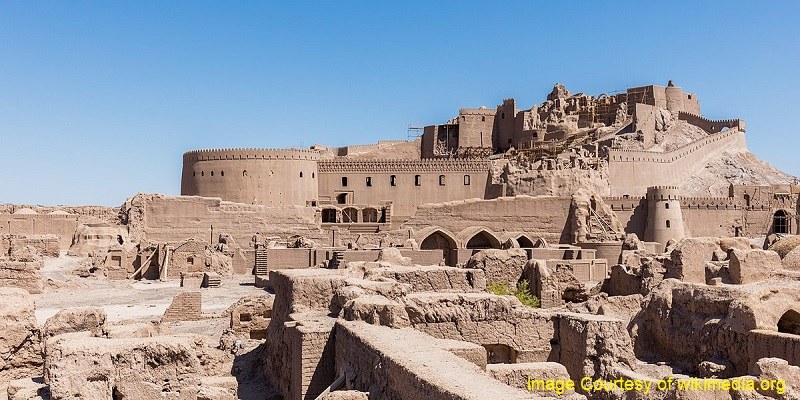
The ancient walled town of Bam, known as Arg-e Bam Complex, is the world’s largest sun-dried complex. It dates back to the 5th century BC. The 2003 earthquake destroyed about 85% of this monument. However, after the earthquake, Iranian and foreign archaeologists restored and repaired its ancient ruins Now, you can visit this monument.
This is the most famous site among Bam cultural attractions. Even before it was inscribed by UNESCO, several world travelers visited it every year.
Bam Qaleh Dokhtar
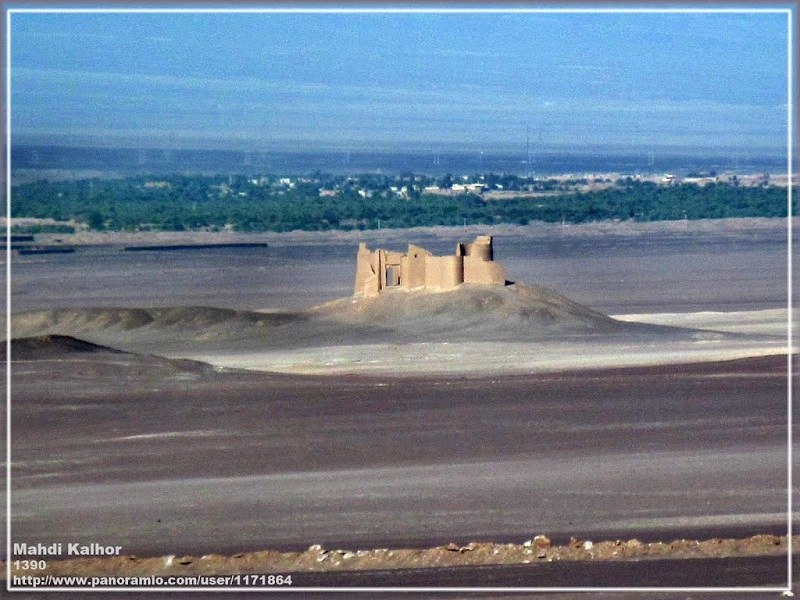
This is an ancient fortress in the north of the ancient ruins introduced above. Strongholds like this with such a name are generally of two natures of religious and military.
Deh Bakri Village
This village is located about 60 km from the city on Jiroft Road. Moderate mountainous weather and beautiful waterfalls are the main attractions of this village.
Darestan Fire Mound of Bam
In Persian, this archaeological site is known as “Tall-e Atashin”. It dates back to the Neolithic era. The signs that the researchers discovered in this building are consistent with the monuments in Palestine. As a result, it is clear that both dates back to the Neolithic era. The only difference is that there are potteries in Darestan.
Qasem Abad & Akbar Abad Qanats
These two Qanats are some of the most famous ones in Iran. When UNESCO inscribed ancient Iranian water supplement systems known as Qanat (Kariz), these two were also enlisted there because of being twin Qanats.
The length of these Qanat lines are 1100 meters with 35 wells.
Natural Attractions outside the City
Here’s a list of natural wonders inside Bam:
Bam Palm-Grove
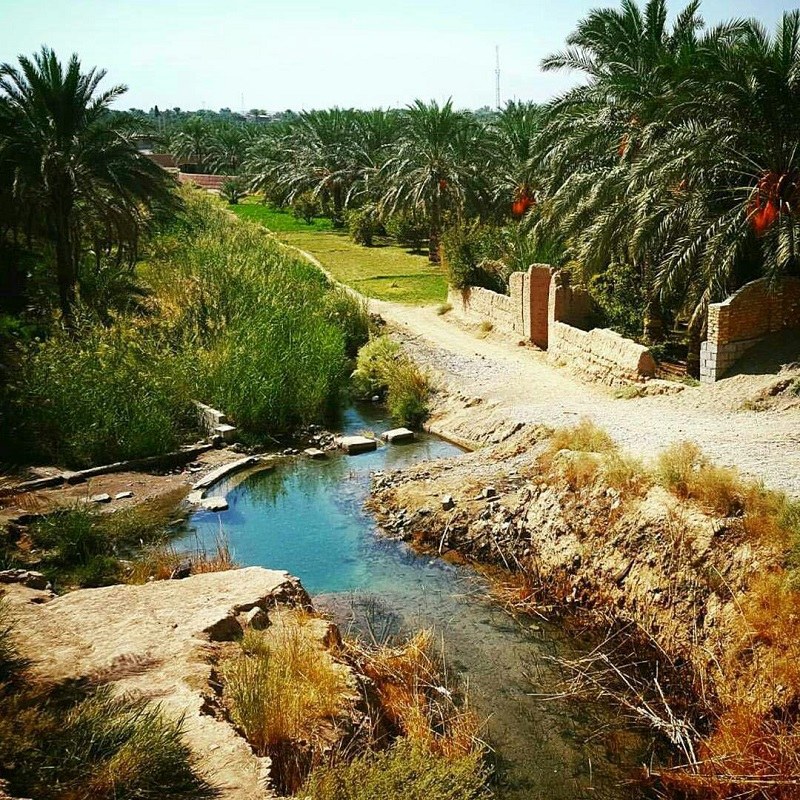
Baravat District is located about 6 km east of the city. There are tall green palm trees. The soft and sweet dates of this area are also famous.
Bi Soukhteh Mountain
One of the beautiful mountains of this city is located 45 km north of Shahr-e Babak City, in Abdar Village. This mount is 2,750 m high. If you are a fan of natural attractions, this mountain near Bam has got the potential to bring you the satisfying moments you are looking for.
Tang Tahran Waterfall
This waterfall is a natural attraction of Kerman Province, located 80 km near Abad-e Chehel Tan Village in the south-east of Bam City. Abad-e Chehel Tan River originates from the heights of Chehel Jebal Barez peaks. On its path, the river creates a beautiful gorge and unique scenes, such as the high walls of Tahran and waterfalls. This gorge is 2 km away from Abad-e Chehel Tan Village and is located on the river path.
Aduri River
This is of the beautiful rivers of Kerman Province with 50 km long, which originates from Jebal Barez Mountains. After passing through the deep and sinuous valleys and Gazdan, Desk, and Aduri villages, the river flows finally into the Poshtrud River.
Sang-e Mes Protected Area
It is located 205 kilometers southeast of the center of the province and 20 kilometers south of the city. The area is 45,800 hectares. It is one of the main natural attractions of Bam area that brings several enthusiasts to the province every year.


